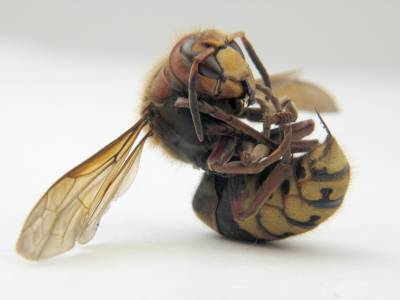What is the 'territorial expansion war' in which a fancy 'Tsumugiari' who builds a kingdom on a tree does its best to slaughter such as poisoning and tearing?

Ants are one of the familiar insects that are often found near houses. 'That make a nest by folding the leaf Among such ants
The Warrior Kingdoms of the Weaver Ant-YouTube
Tsumugiari is a cute looking ant with long limbs, elongated torso and large eyes.
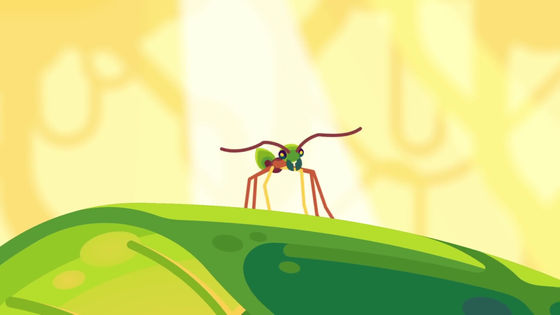
However, Tsumugiari is also a highly competitive ant with a powerful lower jaw and ability to secrete poison.

Workers of Tsumugiari have ranks in size, and are divided into three types: large, medium, and small.
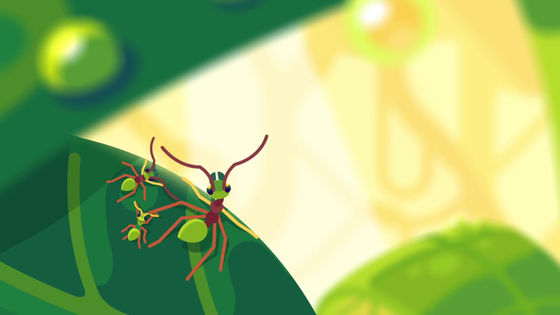
The body color varies depending on the habitat and species, and there are dark brown tsumugiari and emerald green tsumugiari.

Tsumugiari is not limited to its fancy appearance. Tsumugiari is known among the ants as a species that builds a huge kingdom on the tree.
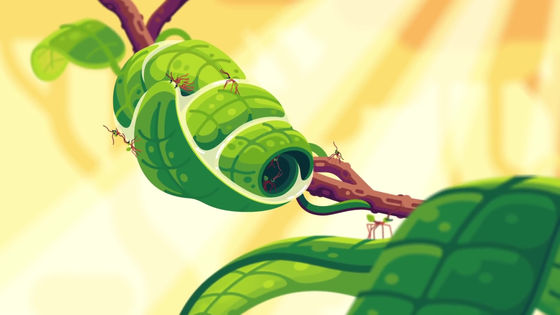
Tsumugiari nest on a variety of trees ranging from a few centimeters of shrubs to more than 10 meters of tall trees. Tsumugiari is not satisfied with just one nest, it nests on every tree that can move across branches and vines.
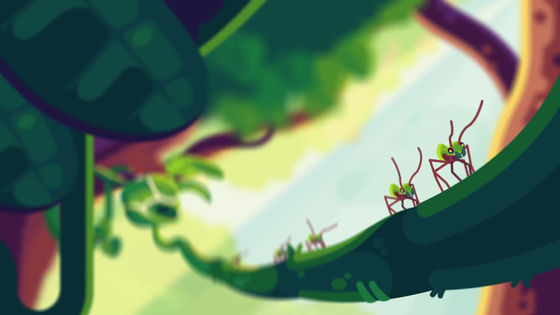
The largest kingdom of Tsumugiari that has been identified so far has 1600 square meters of trees with nests. 1600 square meters is equivalent to four basketball courts.
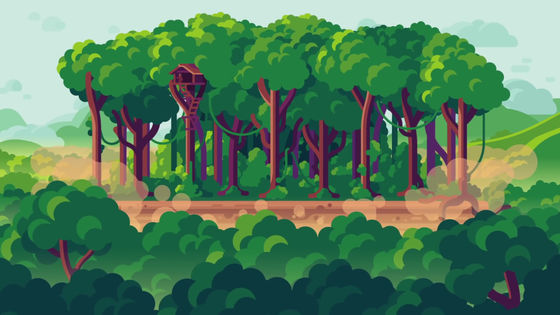
The nest of Tsumugiari is made by connecting leaves with a semi-transparent thread created by itself.

Nests are constructed by large-sized individuals among the worker ants of the Tsumaguri. Large workers are also responsible for collecting and defending food.
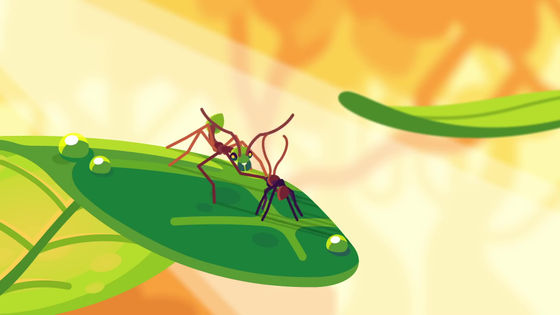
When making a new nest, a large worker ant folds and rolls the leaves to form a nest with multiple leaves. If the leaf is so elastic that one worker ant cannot bend it, multiple workers will work together to bend the leaf.
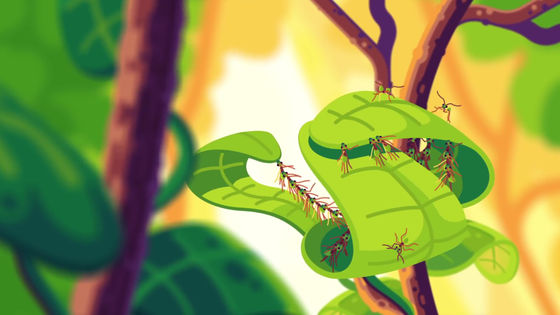
While the leaves are being folded, worker ants carry the larvae to the areas where the leaves are in close contact, tap their heads and let the sticky thread spit out the leaves to stick them together. In general, ant larvae spit threads to create cocoons that protect themselves, whereas tsumaghi larvae spit threads only to create nests.
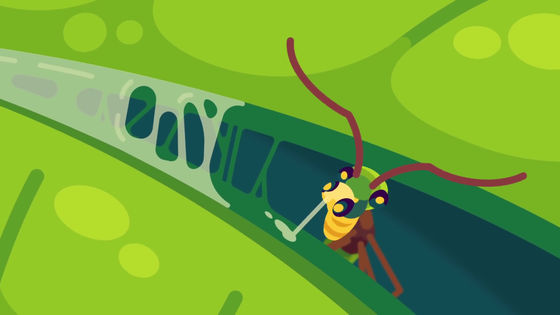
A nest is completed by stacking about 300 leaves and hollowing out a part of it to create a room. Small worker ants use larvae to install thread floors and thread walls in the room to make them more livable.
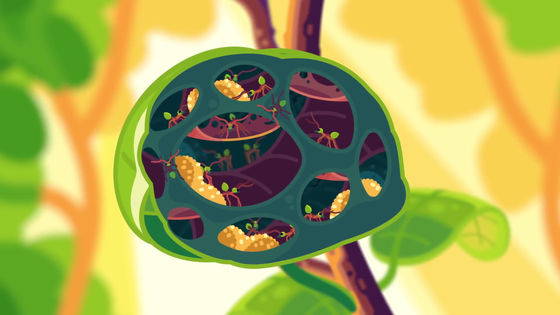
In order to reduce the distance traveled from the nest, the Tsumagiali creates a nest on the border of the territory as a barracks or as a storage for hunted food. The only exception is the royal palace, where Queen Ali lives.
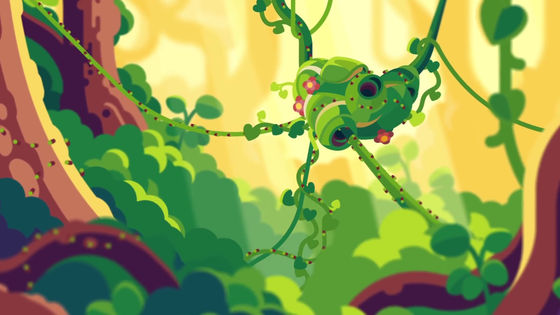
The queen of Tsumugiari lays hundreds of eggs a day, and the laid eggs are transported from the royal palace to the appropriate nest. The number of Tsumugiari belonging to one colony easily reaches over 500,000.
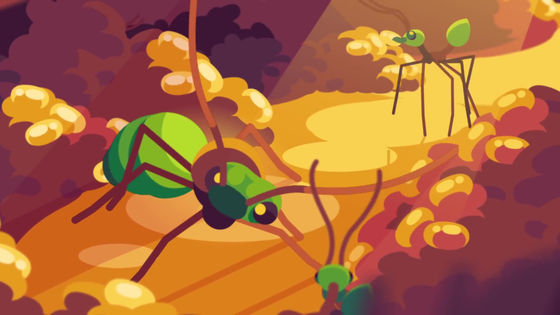
It is a beneficial species for trees, although it is a leaf squirrel that uses leaves to make nests. Trees provide dwellings and sap to the tsumugi, while tsumugiari removes pests other than
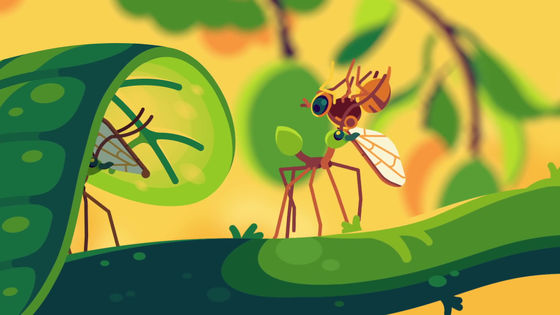
The other enemy of Tsumugiari is 'other Tsumugiari'. Tsumugiari are fighting each other over fertile territories like humans of the Middle Ages.
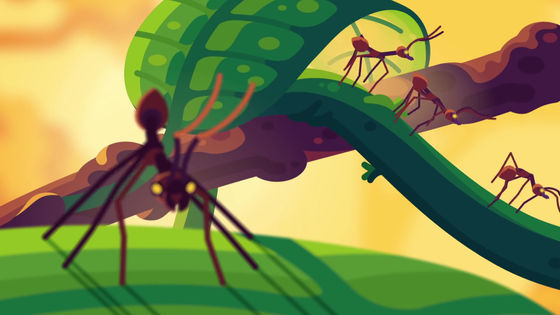
If you continue to lose fertile territory, it will be attacked and destroyed by other tsumugiari or mass death due to starvation will begin. Therefore, territorial expansion and territorial maintenance are essential prerequisites for the survival of the Tsumaguri.
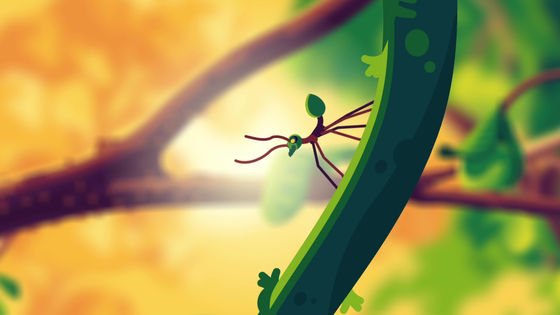
The war between Tsumugiari begins with thousands of large worker ants invading the opponent's territory. Having found the invading Tsumugiari, the defending Tsumugiari emits a pheromone to inform his allies.
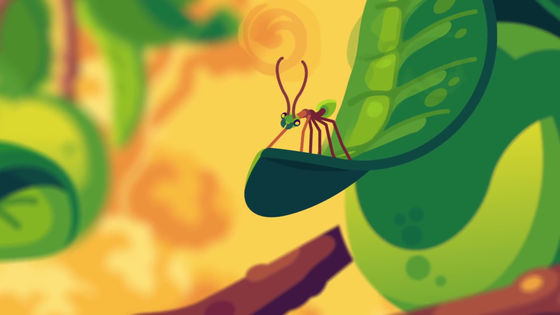
Sensitive to this pheromone, Tsumugiari rushes to the front to defend or to the nearest nest to tell the enemy in what direction. Pheromones are also used to teach the attacking direction of the enemy.
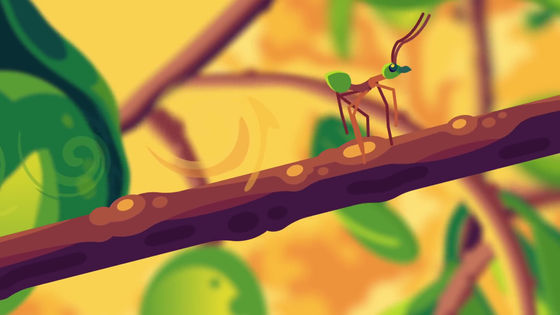
A large worker ant who is in contact with the opponent tries to bite the opponent by raising the body position and widening the lower jaw.
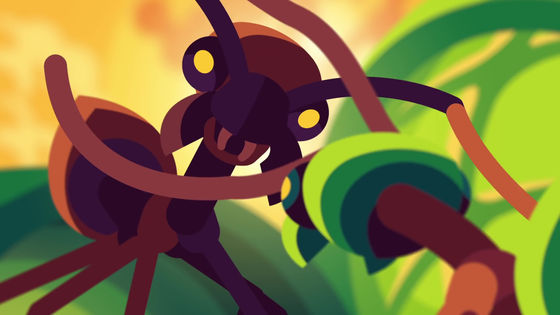
Tsumugiari attacks the individuals who are biting one after another, tearing the antennae and limbs apart and trying to cut the abdomen and kill it.
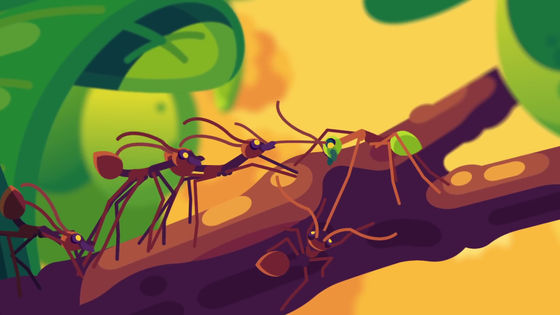
The defensive side, Tsumugiari, spouts poisonous

Tsumugiari on the invading side has the same ability to eject poison. The battlefield is a chaotic situation in which poison flies over the working ants' overheads.
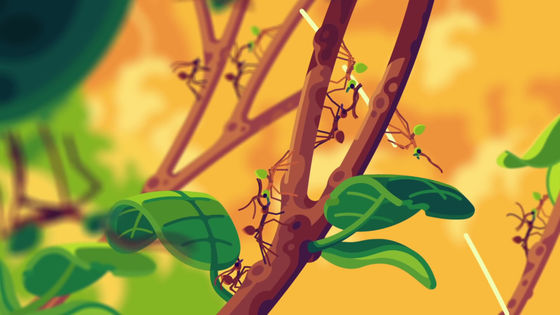
However, a few minutes after the outbreak of war, the defense reinforcements from the neighboring nests arrived on the front line. The defense side becomes dominant and the invader side is pushed back.
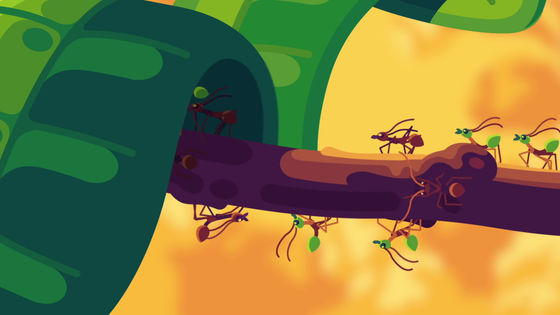
The land below the front line will then be overwhelmed with a large number of casualties and severely injured persons who are no longer helpable.
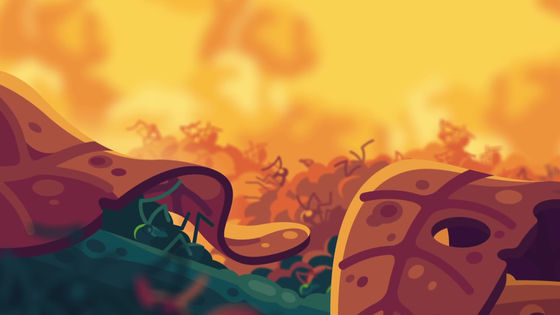
The war is nothing special, just a part of everyday life, as Tsumugiari keeps seeking endless prints.
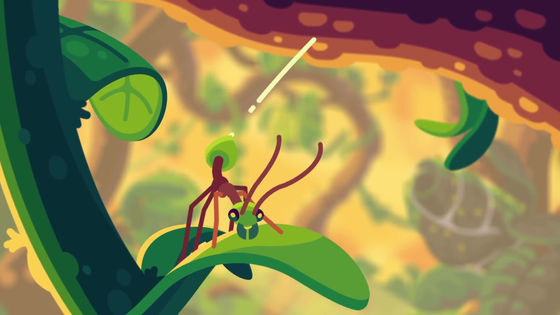
This movie is the third of the commentary movie about the war of ants released by Kurzgesagt. The first article is an article below...
What is Guntaiari's 'war' that crushes opponents with millions of violence? -GIGAZINE

by Camila Plata
The second bullet is an article below.
What is the 'Great War of Ali' that is unfolding on a global scale? -GIGAZINE

Related Posts:




